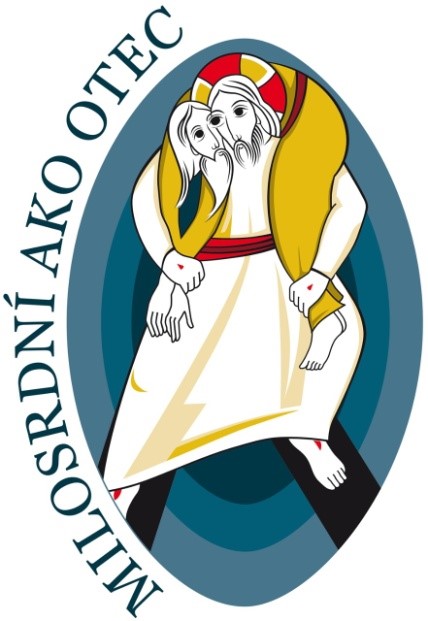By Cesar Franco
On February 9, a group of men gathered at the Tradition, Family and Property house in Humble, Tex. to discuss a timely topic: the horrible new abortion law passed in New York with the support of Catholic legislators and the lack of Catholic response to it. Referring to Gov. Andrew Cuomo who signed the bill, Cardinal Timothy Dolan said that “I don’t think excommunication is an appropriate response.”

From the historic perspective, they contrasted Cardinal Dolan’s response to Gov. Cuomo with Pope Saint Gregory VII’s response to Emperor Henry IV in the eleventh century. When the emperor publicly, notoriously and persistently threatened the rights of the Church, Pope Saint Gregory knew how to use his shepherd’s staff and excommunicated him. It was a shining example of a pope defending the rights of the Church and society.
Statement: Defending the Unborn Amidst a Crisis of Faith
The men also discussed how culture and art can lead to softness, compromise and defeat. Using the methods of TFP founder Prof Plinio Corrêa de Oliveira, the participants analyzed actual pictures of the saints and distorted artistic renditions of them. The impact was tremendous. They found that some portrayals found on holy cards conveyed a sentimental, soft or even outright androgynous depiction of the saints. All the firmness, sagacity, nobility and seriousness seen in their photos was not found in the artistic portrayals. Sadly, this results in a warped notion of piety. By overemphasizing kindness, mercy and compassion, they neglected justice, prudence and fortitude.
One interesting comparison focused on the logo used for the 2016 Jubilee Year of Mercy. The logo is a modern interpretation of Our Lord carrying a man on his shoulders. It is a bit odd since it looks as if it is trying to portray Christ as a mixture of the Good Samaritan and the Good Shepherd. This logo may appear to be harmless but it does convey a message.
What is that message? An analysis of the logo reveals a man who is supposed to be Our Lord since he has the wounds of the Passion. However, he frankly does not look entirely like a man. The narrowness of the jaw and mouth with those whiskers appear goat-like. He carries a man over his shoulders maybe in an attempt to look like Christ the Good Shepherd carrying a lamb. Distinctions are blurred where the heads meet resulting in a bizarre appearance of two heads with three eyes and three eyebrows. Their noses are unlike what one would normally see on a man. He stands in a position of a surfer.
Tears, a Miraculous Warning
One does not see in this logo a representation of Our Lord that reflects the infinite nobility, self-sacrifice or holiness of Christ laying down His life for his sheep. Does the picture even have beauty? Or is it fruit of a mentality that is modern, relativistic and connatural with ugliness?
Compare this first depiction with a traditional icon of Christ the Good Shepherd.
In this icon, Our Lord stands firm, erect and resolute. His countenance speaks self-sacrifice. His head rests on a strong neck reflecting strength. He carries a lamb over his shoulders by firmly grasping its legs.
He has an unusually narrow staff that rests in the inner elbow of his left arm. Behind Him is the cross that represents the Redemption and a halo forms a backdrop for His head. The icon speaks of bravery, courage and sacrifice.
Gazing upon this icon, the words of Our Lord come through, “I am the good Shepherd. The Good Shepherd giveth his life for his sheep.”
The men’s discussion night concluded with this comparison of the logo and icon. After a snack, hopefully all departed with an extra degree of vigilance with which to consider the religious artwork around them.